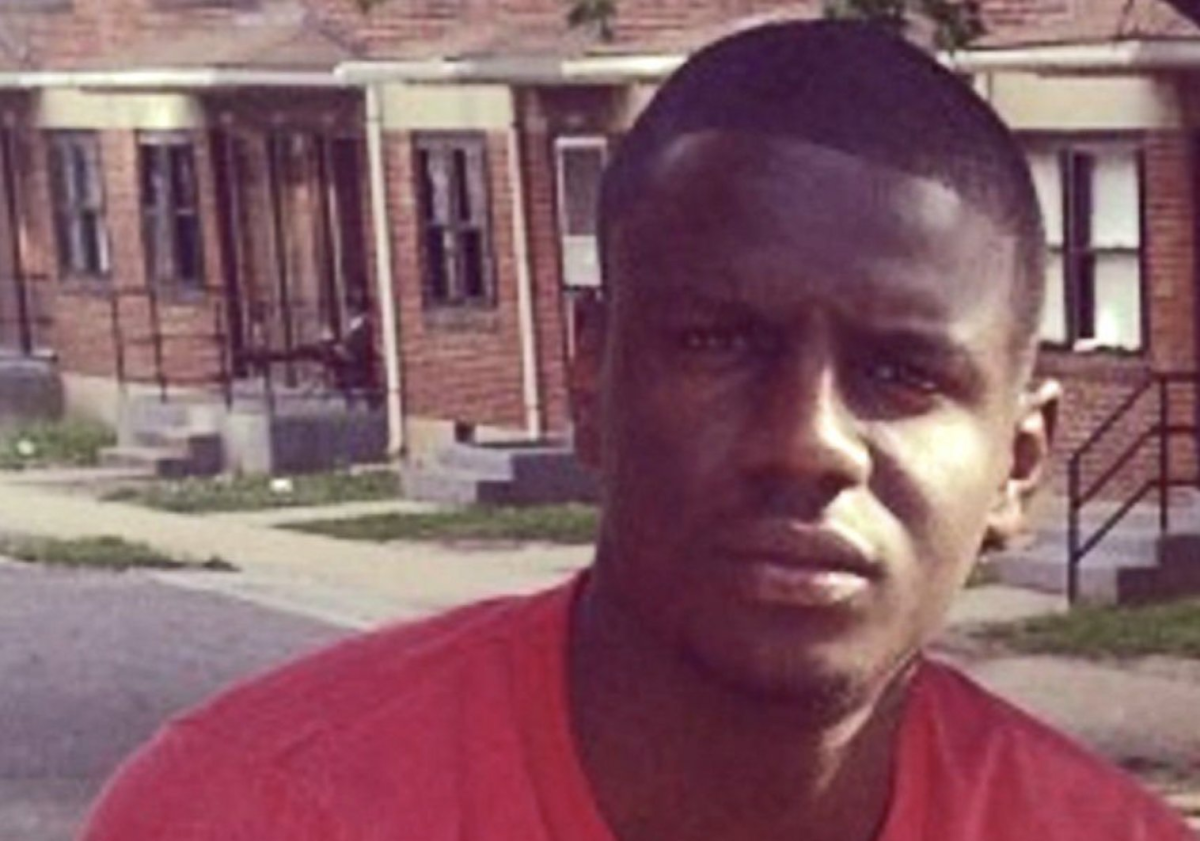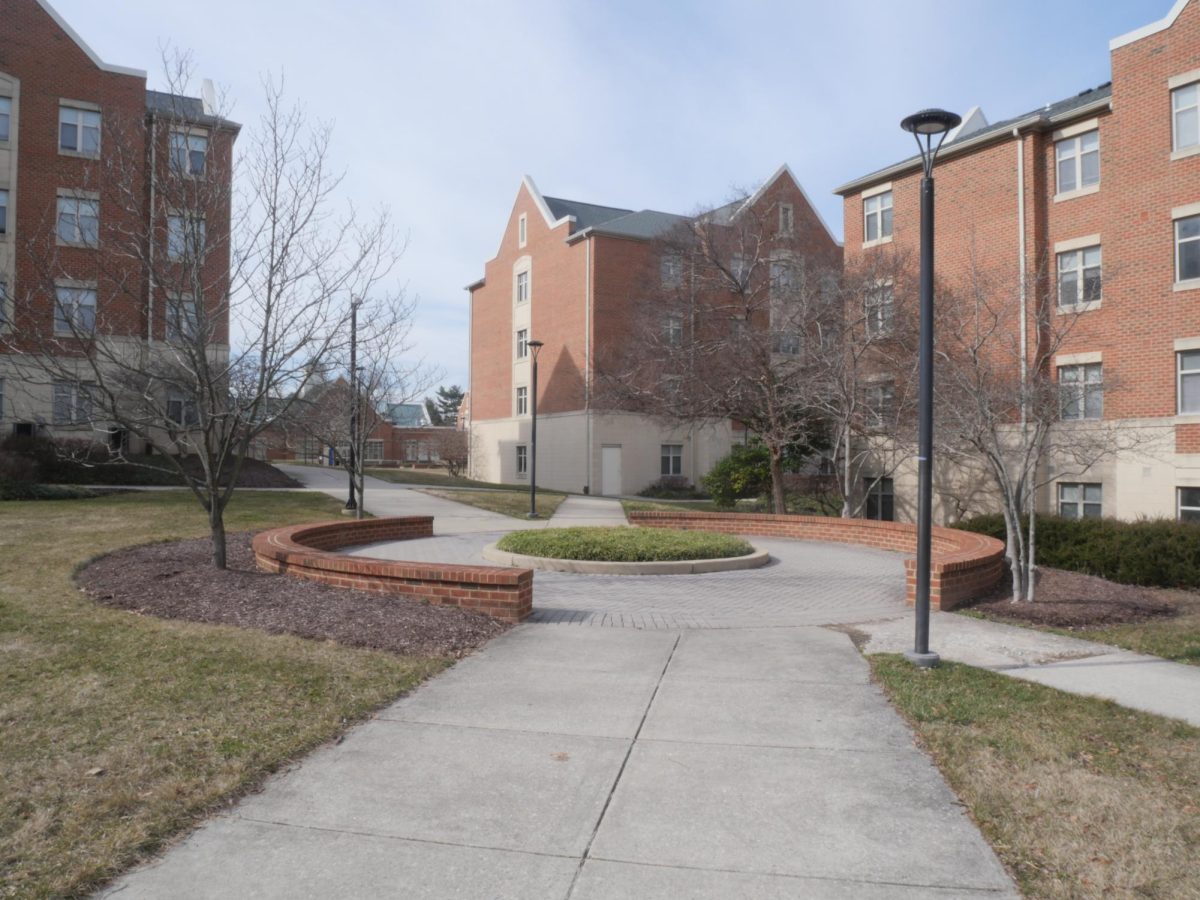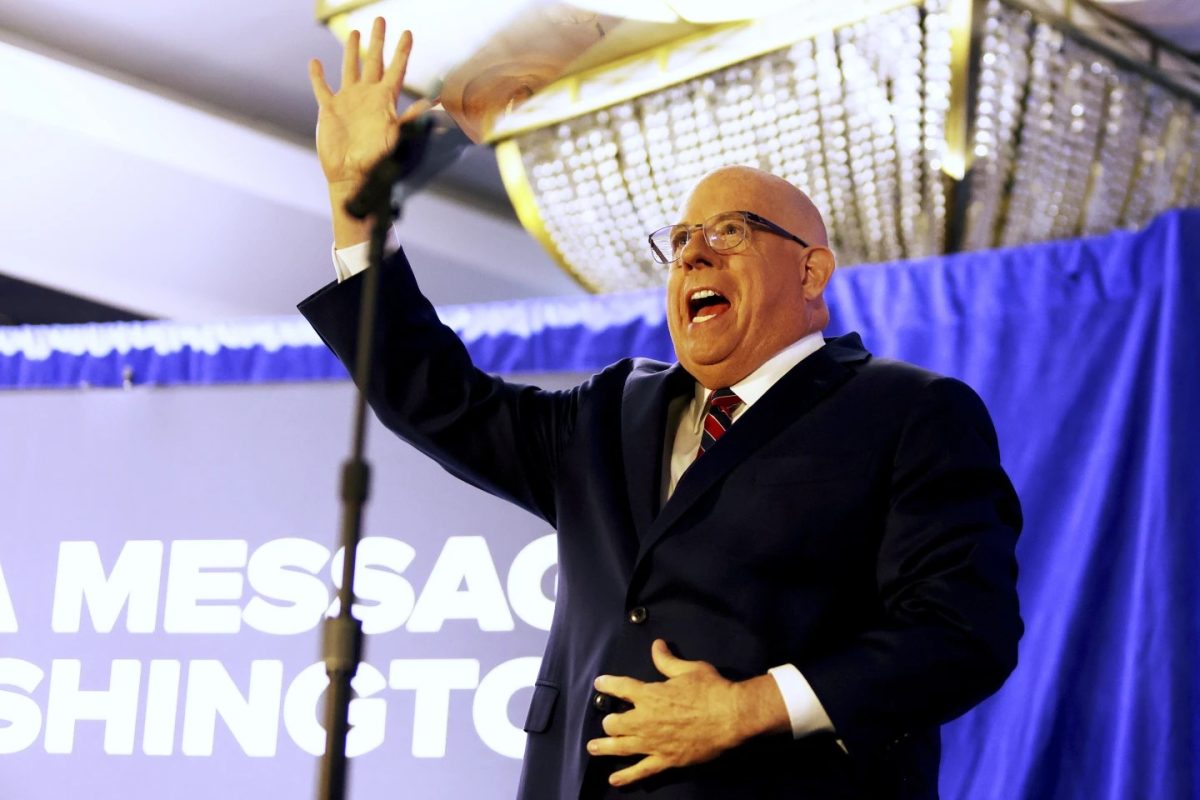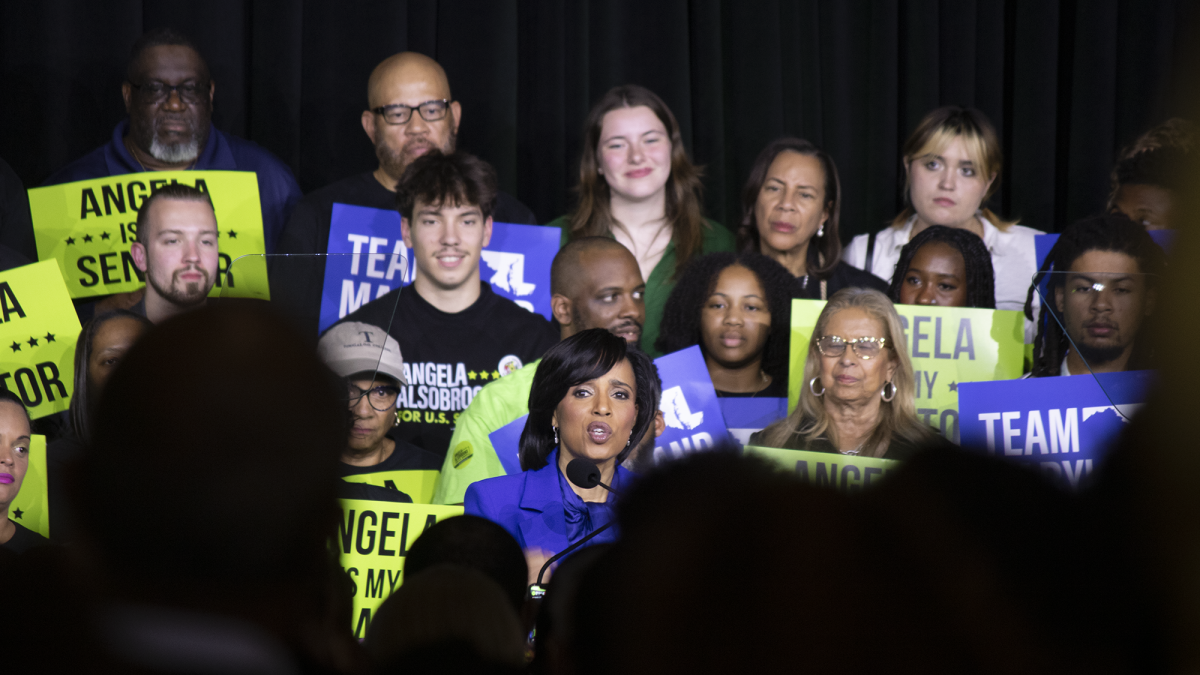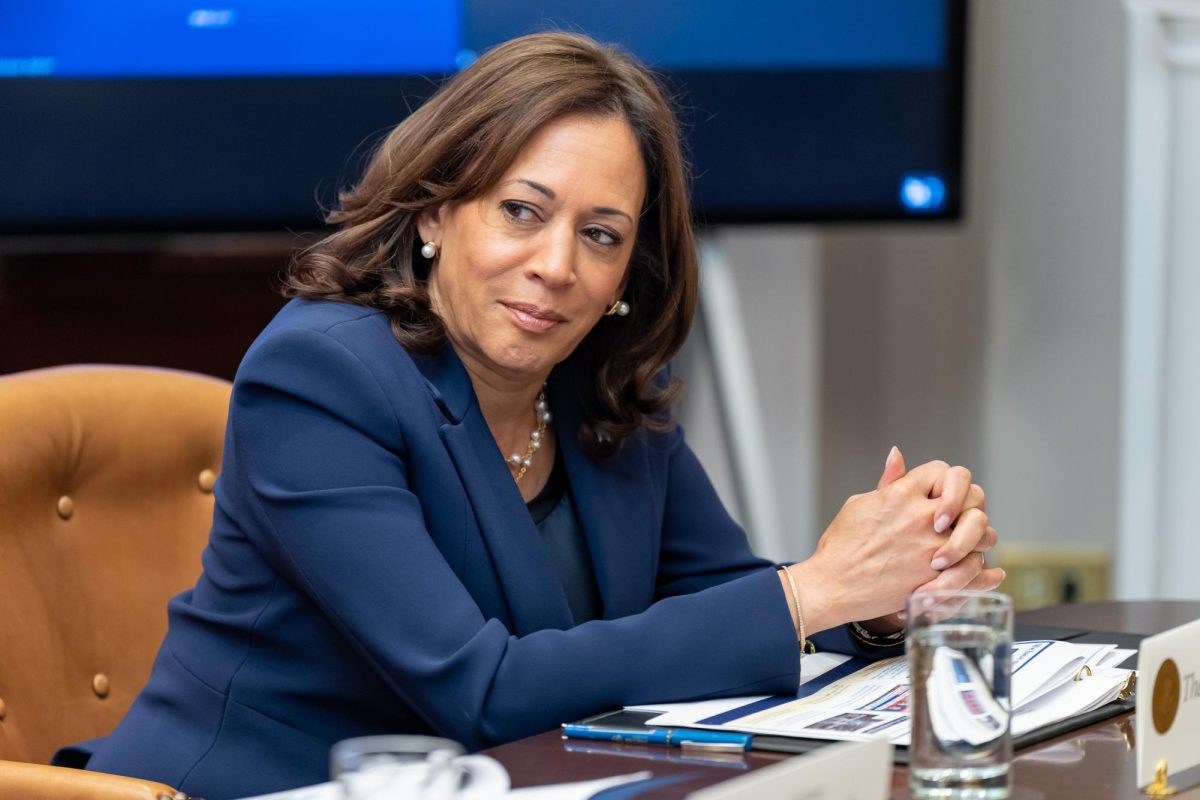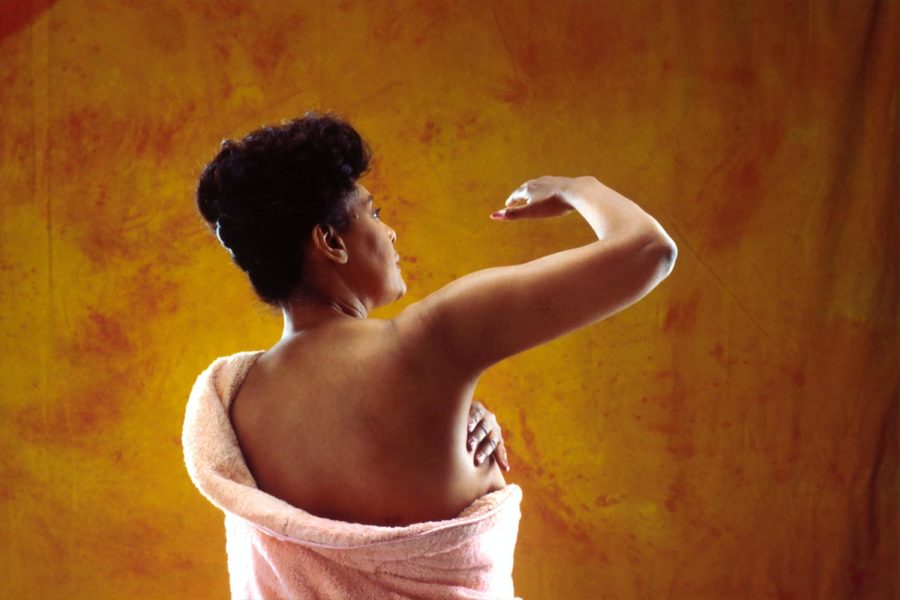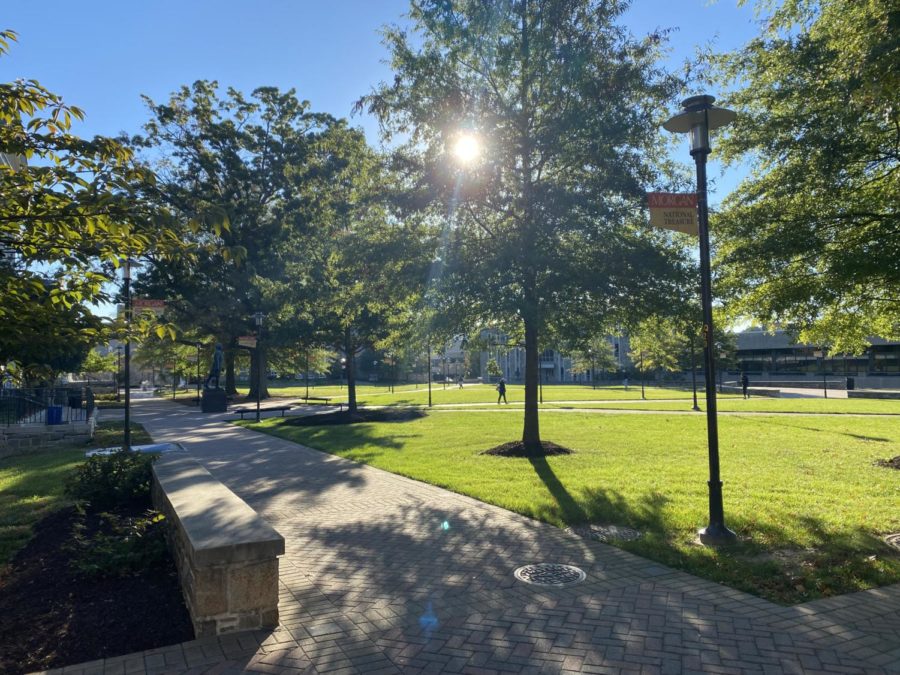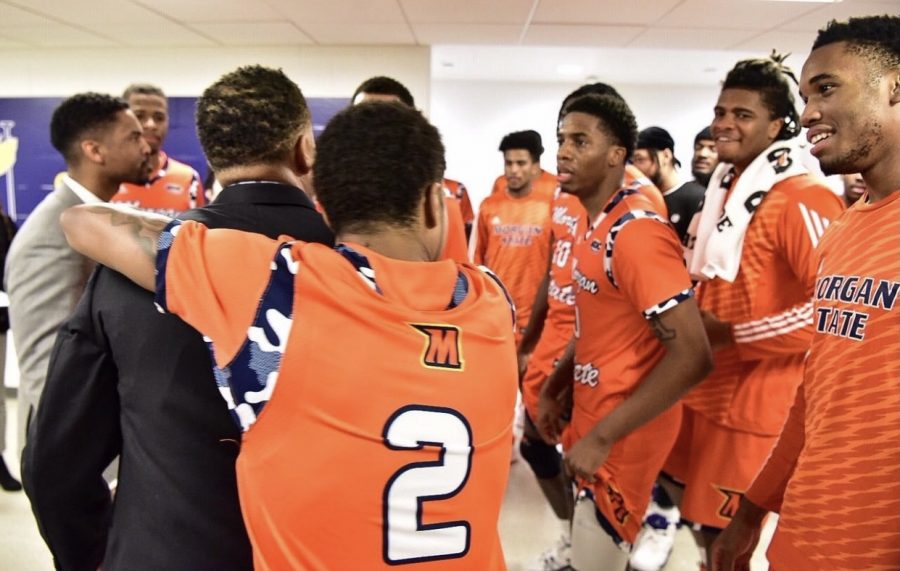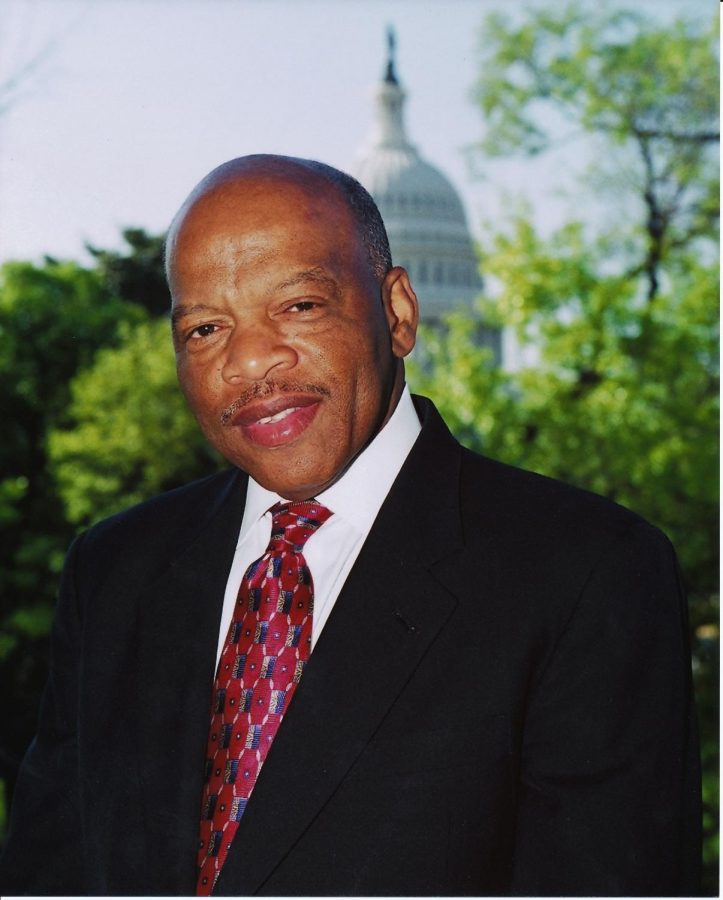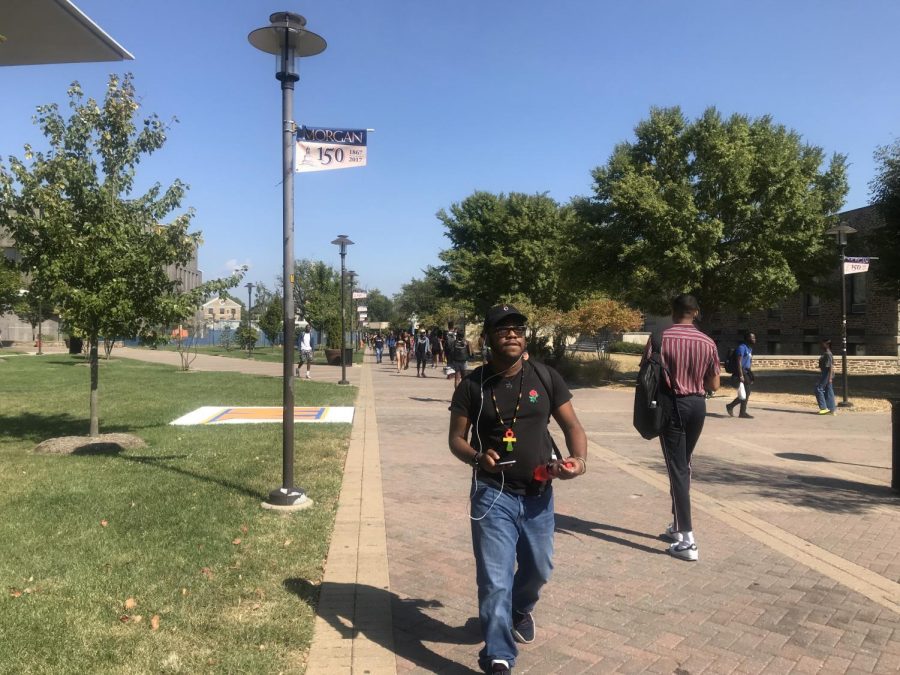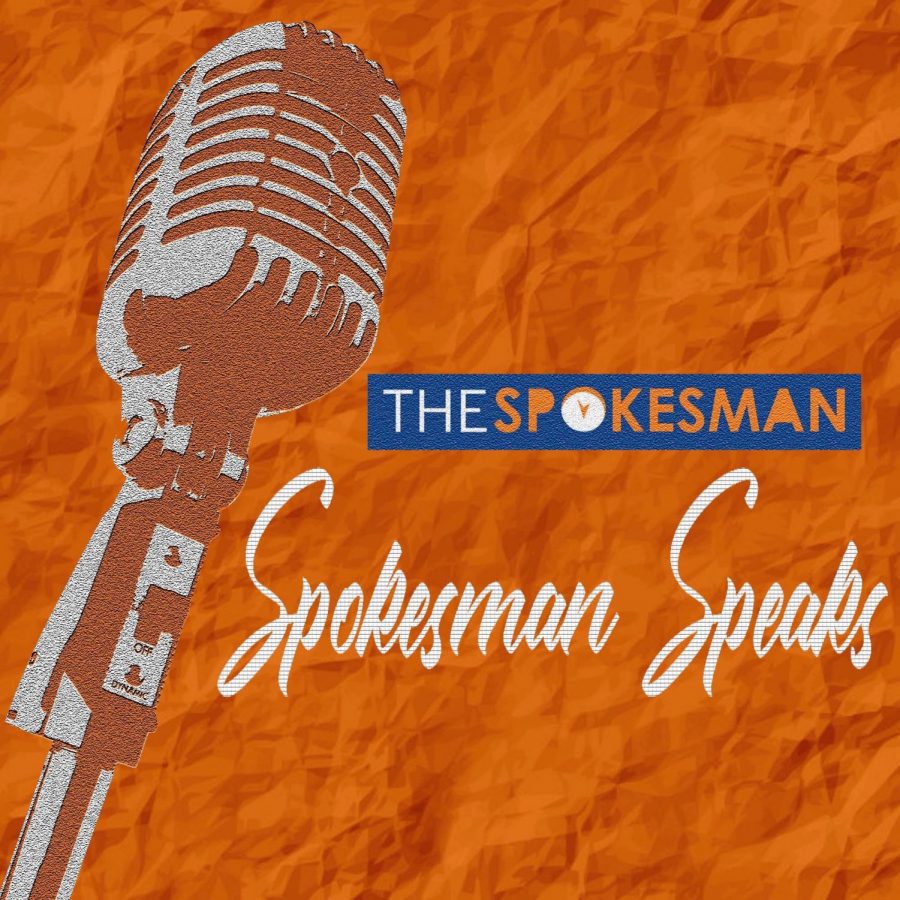On North Charles Street, tucked away in one of the city’s residential areas, sits Youth Empowered Society (YES), Baltimore’s first and only drop-in facility for homeless youth.
Through respect and trust, YES director Lara Law and her team are trying to help homeless youth make the transition from homeless to a place where they can make a contribution to society.
“It’s really about getting to know the youth well and overtime that allows us in to be able to start to make a plan with them and take the steps to make them stable,” said Law.
The YES center helps homeless clients get basic needs and services for survival. Run by former homeless youth and allies, the program works with participants aged 14- 25.
“We’re constantly trying to develop what it means to be youth led,” said Law, one of YES’s founders.
YES, a subsidiary of Fusion Partnerships, a nonprofit social justice organization, is funded through a variety of state, city and federal sources. Its two-year old headquarters occupies one floor and a basement of its North Charles Street location.
In the fiscal year that ended July 2014, YES attracted 4,000 visits from over 200 youth, many of whom come to the center wary of life on the streets.
“Most of our youth have experienced a fair amount of trauma when they were younger and also as a result of experiencing homelessness, said Law. “So they’re struggling, they’re on edge, they’re guarded, they may be very distrustful.”
According to the National Law Center on Homelessness and Poverty, three percent of the national homeless population is under 18. Maryland ranks 18th in the country for child homelessness aged birth to 18.
“Some are dealing with some pretty serious untreated mental health issues and some are dealing with developmental or cognitive disabilities,” said Law.
Family financial woes are a large element in the lives of homeless youth. According to the Baltimore Labor of Statistics, over 91,000 Baltimore residents are unemployed.
“It’s sort of a variety of factors but at the core in Baltimore City we’re seeing sort of lack of income and affordable housing being the two main issues driving youth here,” said Law.
Other factors include physical and substance abuse, being pushed out of their homes after coming out as gay or transsexual, incarceration, or becoming pregnant and burdening the household, said Law.
According to YES estimates, the LGBT community in Baltimore city makes up 20 percent of homeless youth.
YES is looking to expand space to attract more clientele, but that too comes with its challenges.
For example, the non-profit has had trouble getting women to commit to the organization because their space isn’t child-friendly.
“It’s a little hard when you have a child running around and we’re trying to get stuff done together,” said Law. “So we’re really going to work on that in our new space.”
In addition, Law said some homeless women have a difficult time feeling comfortable around interested male participants.
“It’s the subtle things,” says Law. “Once a culture gets established that’s interested in a young women instead of just accepting them that’s like, just hard to fight back against. But we’re always trying [to get] around that.”
A 2011 Johns Hopkins Center for Adolescence Health** report noted that there were 1,850 reported homeless youth in Baltimore. The largest percentage of homeless youth is 20-year-old women.
YES staff members want to break the walls of distrust.
“It’s always fun connecting with them and getting them to have trust in me,” said Jasmire Harlee Gibson, peer advocate and activity and volunteer coordinator at YES. As a 23-year-old youth leader, she hasn’t found a problem working with her age group.
“I don’t come in trying to feel like ‘I’m a boss, we’re peers,” says Gibson. “I haven’t had issue with respect, everyone respects me and I respect them.”


